Introduction
Chemical bonding is a cornerstone of NEET Chemistry preparation. It acts as the foundational pillar that interlinks various chapters—ranging from the molecular structures in Organic Chemistry to reaction mechanisms in Coordination Compounds and the periodic behavior of elements. This topic explains how atoms combine to form compounds and how the nature of chemical bonds affects the properties and reactivities of substances.
For NEET aspirants aiming to score high in Chemistry, this chapter isn’t just important—it’s essential. Understanding concepts like hybridization, molecular geometry, resonance, bond order, and magnetism not only helps in solving direct questions but also aids comprehension in subsequent chapters. In this detailed guide from Deeksha Vedantu, we present a comprehensive breakdown of chemical bonding theories, smart memorization tricks, tables for quick recall, and NEET-level practice questions that will strengthen your preparation.
Weightage of Chemical Bonding in NEET
Chemical bonding typically contributes around 2 to 3 questions in the NEET Chemistry paper each year. Although this may seem like a small portion, these questions are often direct and can be solved quickly if you understand the core principles.
Common topics asked in NEET:
- Identifying hybridization and predicting molecular shape
- Determining magnetic nature using MOT
- Calculating bond order for given molecules
- Geometry and electron pair arrangement (VSEPR-based)
- Drawing Lewis structures and understanding resonance
These questions test your conceptual clarity more than rote memorization. Hence, mastering them is a sure-shot way to secure marks.
Check out our NEET Residential Coaching option for focused preparation.
Key Theories in Chemical Bonding
Lewis Structures & Octet Rule
Lewis dot structures represent the valence electrons in molecules and help predict how atoms bond and share electrons. Most atoms follow the Octet Rule, where they try to achieve 8 electrons in their outermost shell.
Types of Exceptions:
- Incomplete octet: Molecules like
and
have central atoms with fewer than 8 electrons.
- Expanded octet: Atoms like phosphorus and sulfur in
,
accommodate more than 8 electrons.
- Odd-electron species: Molecules such as
and
have unpaired electrons and do not satisfy the octet.
Drawing Lewis structures correctly is a prerequisite for VSEPR theory, hybridization, and understanding resonance.
Valence Bond Theory (VBT)
Valence Bond Theory suggests that bonds are formed due to the overlap of atomic orbitals. It explains:
- Sigma
bonds: Formed via head-on overlap
- Pi
bonds: Formed by sideways overlap
Hybridization is a central aspect of VBT, involving the mixing of orbitals to form new hybrid orbitals
| Hybridization | Orbitals Mixed | Geometry | Bond Angle | Example |
| 1 s + 3 p | Tetrahedral | |||
| 1 s + 2 p | Trigonal planar | |||
| 1 s + 1 p | Linear | |||
| 1 s + 3 p + 1 d | Trigonal bipyramidal | |||
| 1 s + 3 p + 2 d | Octahedral |
Limitations: VBT fails to explain certain properties like magnetism and relative bond energies, which are better explained by Molecular Orbital Theory.
Molecular Orbital Theory (MOT)
MOT describes chemical bonding as the combination of atomic orbitals to form molecular orbitals that extend over the entire molecule.
Types of Orbitals:
- Bonding orbitals: Stabilize the molecule (lower energy)
- Antibonding orbitals: Destabilize the molecule (higher energy, denoted as *)
Bond Order Formula: Bond Order = (Number of bonding electrons – Number of antibonding electrons) / 2
Examples:
: Bond order =
, paramagnetic (due to unpaired electrons)
: Bond order =
, diamagnetic
: Bond order =
, weaker bond than
MO Configuration Tips:
- For
,
,
:
- For
,
:
Understanding these configurations is crucial to determining magnetic behavior and bond strength.
VSEPR Theory
The Valence Shell Electron Pair Repulsion theory predicts the 3D shape of molecules based on the repulsion between lone pairs and bond pairs of electrons.
AXE Method:
- A: Central atom
- X: Bonded atoms
- E: Lone pairs
Geometry Guide:
| AXE Formula | Shape | Example | Hybridization |
| Linear | |||
| Trigonal Planar | |||
| Bent | |||
| Tetrahedral | |||
| Trigonal Pyramidal | |||
| Bent | |||
| Trigonal Bipyramidal | |||
| Seesaw | |||
| Square Planar |
Key Insight: Lone pairs occupy more space than bonding pairs, causing distortions in shape and reducing bond angles.
Coordinate Bonds & Resonance
Coordinate Bonds involve the donation of a lone pair by one atom to another that lacks electrons. Common in ions like NH₄⁺, where nitrogen donates a lone pair to a proton.
Resonance Structures arise when more than one valid Lewis structure exists. The actual structure is a hybrid of all contributing forms.
Examples:
- Ozone
has delocalized double bonds
- Nitrate ion
exhibits symmetrical resonance
- Benzene
shows equal bond lengths due to resonance stabilization
Resonance contributes to bond stability, lowers energy, and enhances molecular symmetry.
Explore Deeksha Vedantu Long Term NEET Coaching to boost your NEET Scores today.
Hybridization Chart: Quick Reference Table
| Molecule | Central Atom | Hybridization | Geometry | Bond Angle |
| C | Tetrahedral | |||
| N | Trigonal Pyramidal | |||
| O | Bent | |||
| B | Trigonal Planar | |||
| Be | Linear | |||
| S | Octahedral | |||
| Xe | Square Planar |
Use the steric number = (Number of bonded atoms + lone pairs) to determine hybridization quickly.
Bond Order, Length, and Energy
Understanding bond order helps predict the strength, length, and stability of a bond:
- Higher bond order = Stronger bond = Shorter length
- Lower bond order = Weaker bond = Longer length
Trends:
: Bond order =
→ Strong triple bond
: Bond order =
→ Moderate double bond
: Bond order =
→ Weak single bond
: Bond order =
→ Longer and weaker than
Application in NEET: Questions may ask for comparative bond lengths, strengths, or require you to calculate bond order from MO diagrams.
Practice Questions with Concepts
- What is the hybridization and shape of
and
?
- Identify the paramagnetic species:
,
,
,
- Calculate the bond order of
,
, and
- Predict molecular geometry using VSEPR:
,
,
- Match species with their hybridization:
,
,
,
Common Mistakes to Avoid
- Confusing geometry with shape (e.g., NH₃ has a tetrahedral geometry but a trigonal pyramidal shape)
- Skipping lone pairs in AXE method, leading to incorrect shape predictions
- Applying wrong MO configurations beyond O₂ molecule
- Forgetting exceptions to octet rule for elements in period 2 vs period 3
- Misinterpreting coordinate bonds as always polar—they may not be, depending on molecular symmetry
FAQs
Is hybridization still relevant for NEET 2025?
Yes. NEET continues to include questions on hybridization, bond angles, and molecular shape.
Should I memorize molecular orbital diagrams?
Yes. Especially from B₂ to Ne₂. Focus more on O₂ and N₂, which appear frequently in NEET.
Which bonding theory should I use for what type of question?
- VBT for hybridization and sigma/pi bonds
- MOT for bond order, magnetism
- VSEPR for shape and geometry
What is the easiest way to remember hybridization?
Use the steric number (bonded atoms + lone pairs) to determine hybridization. A steric number of 4 indicates sp³, 3 means sp², and 2 means sp.
Why do some molecules have distorted shapes even with similar hybridization?
Distortion often arises due to lone pairs. They occupy more space than bonding pairs and push bonded atoms closer together, altering the ideal bond angle.
Are all resonance structures equally stable?
No. Structures with complete octets, minimal formal charges, and electronegative atoms bearing negative charges are generally more stable.
Do coordinate bonds affect molecular shape?
Coordinate bonds are treated like normal covalent bonds in shape predictions using VSEPR theory, so they do not affect geometry differently.
Can a molecule exhibit more than one type of hybridization?
Yes. In complex molecules, different atoms or even the same central atom (in different resonance forms or states) may show varying hybridization.
How can I quickly identify bond order in polyatomic ions?
Use Lewis structures and consider resonance. Divide the total number of bonds by the number of bonding positions between the same atoms (e.g., in NO₃⁻: 4 bonds/3 positions = bond order 1.33).
Is understanding resonance important for Organic Chemistry?
Absolutely. Resonance helps explain the stability, reactivity, and acidity/basicity of organic molecules.
Conclusion
Chemical Bonding is one of the most scoring and concept-driven topics in NEET Chemistry. Mastering bonding theories like Lewis Structures, VBT, MOT, and VSEPR improves clarity not only for standalone questions but also enhances understanding in Organic, Inorganic, and Physical Chemistry.
At Deeksha Vedantu, we help NEET aspirants strengthen their bonding concepts through clear visual aids, conceptual mind maps, and theory-to-practice integration. By using structured notes, smart shortcuts, and targeted practice, you can master Chemical Bonding in a systematic and stress-free way.
Table of Contents





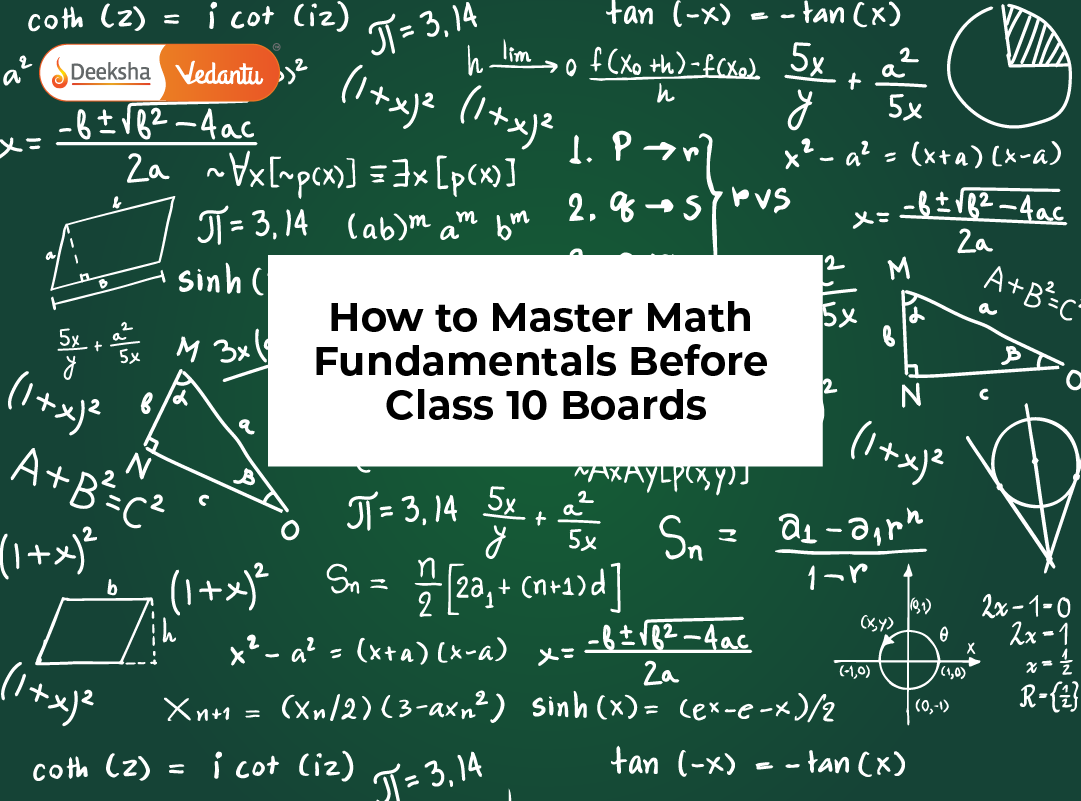


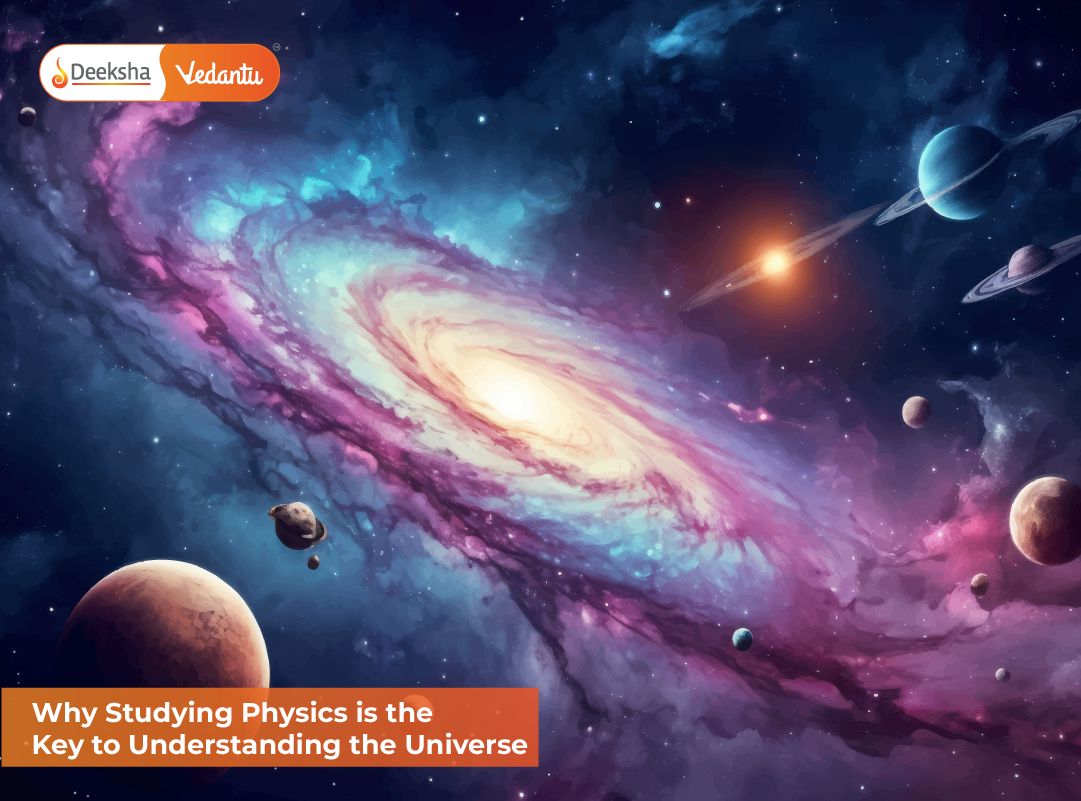

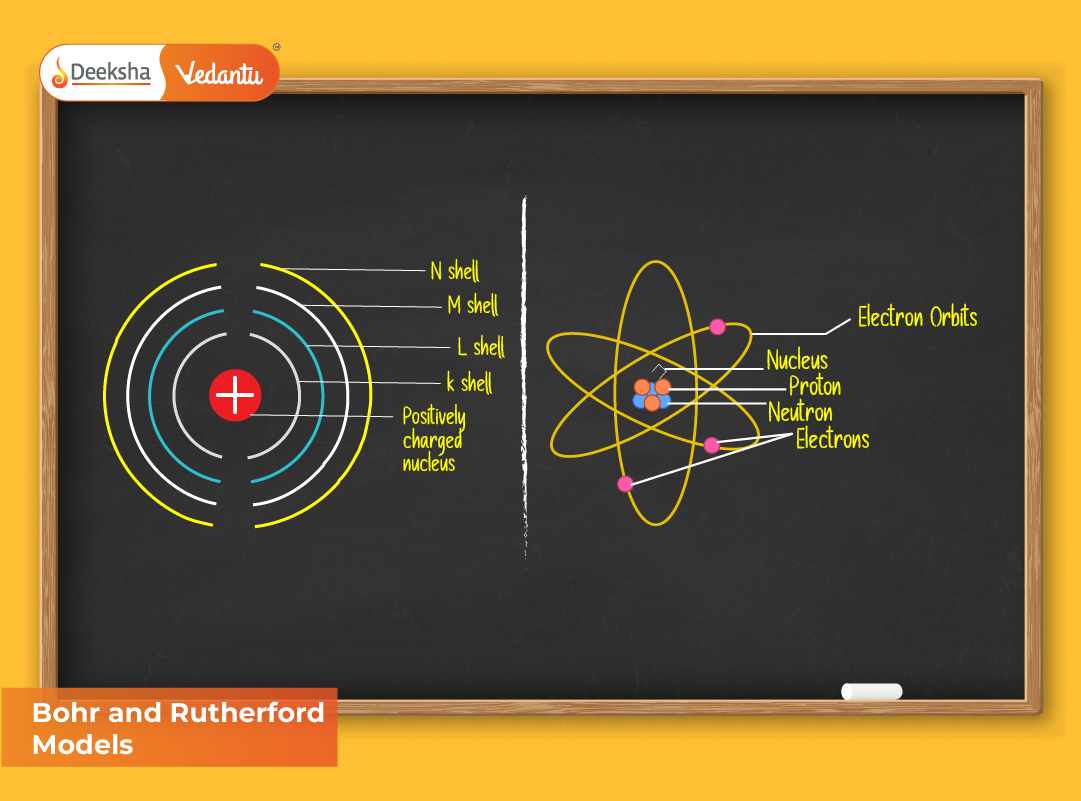
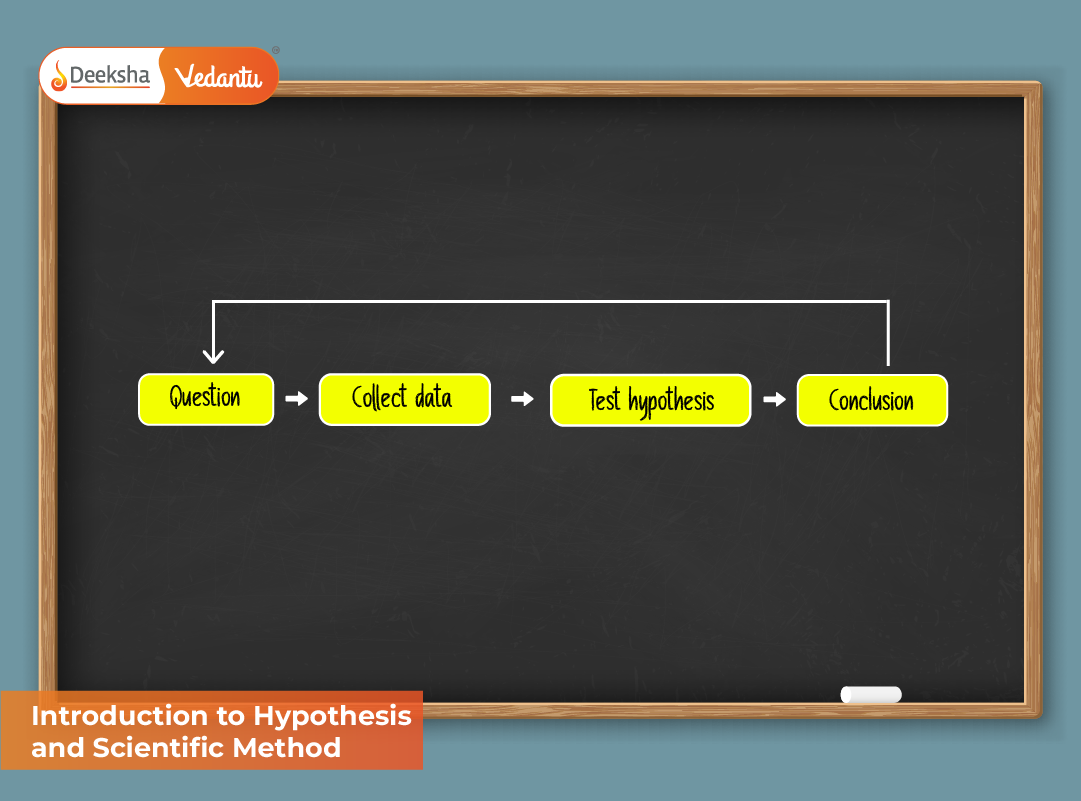
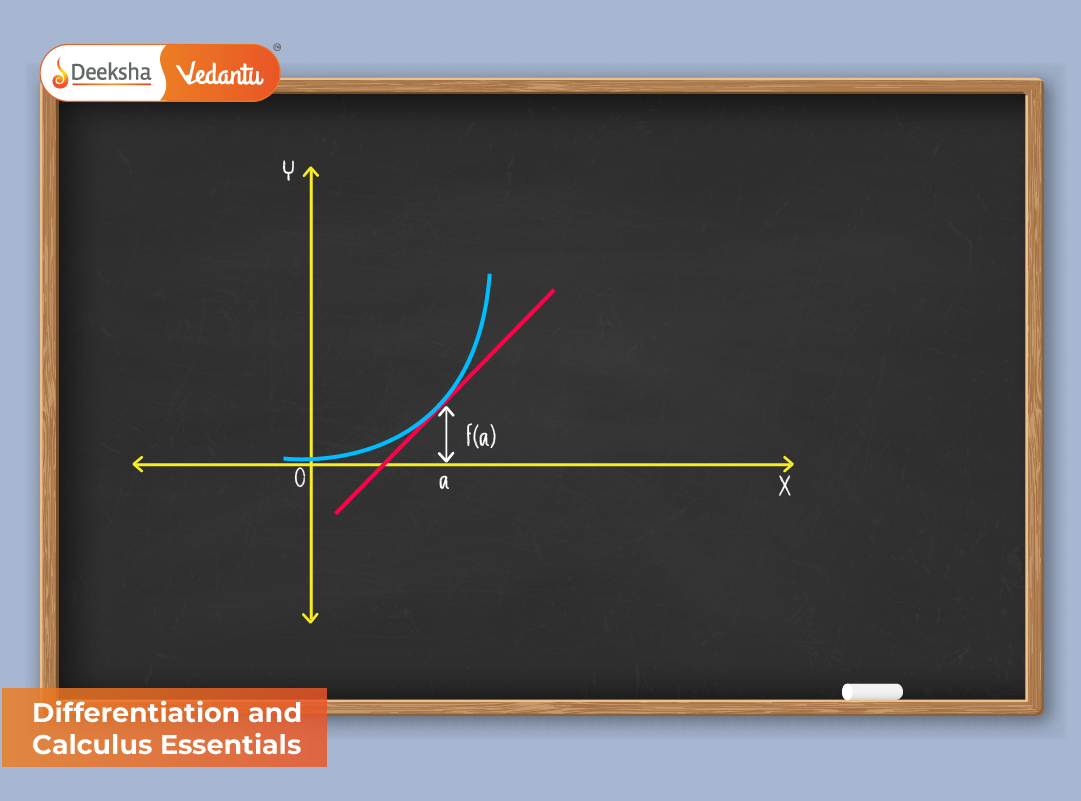


Get Social